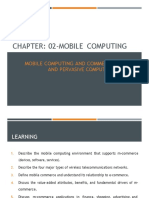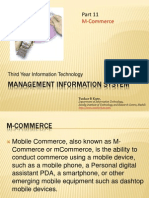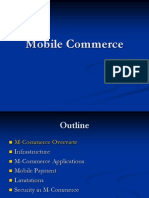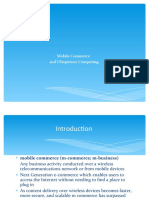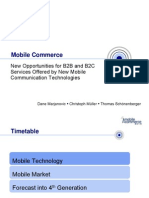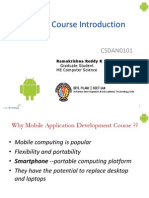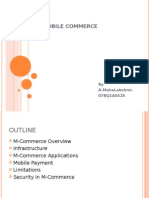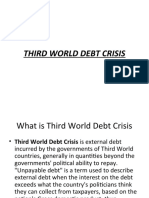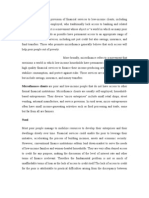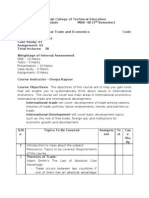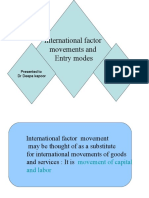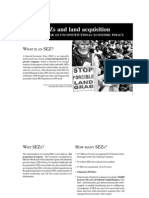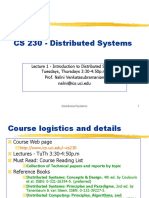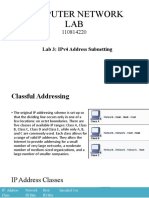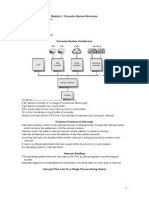0% found this document useful (0 votes)
65 views32 pagesM-Commerce& M-Computing: Presented By: Luvpreet Kaur 805
M-commerce refers to the buying and selling of goods and services through wireless handheld devices. It enables users to access the internet without needing a wired connection. Key benefits include localization of products and services based on a user's location, personalization of information, and convenience. However, limitations include small screen sizes, bandwidth constraints, security issues, and transmission interference due to weather or distance from cell towers. Mobile computing also faces challenges related to battery life, potential health hazards, and human-device interaction on small screens.
Uploaded by
D Attitude KidCopyright
© Attribution Non-Commercial (BY-NC)
We take content rights seriously. If you suspect this is your content, claim it here.
Available Formats
Download as PPT, PDF, TXT or read online on Scribd
0% found this document useful (0 votes)
65 views32 pagesM-Commerce& M-Computing: Presented By: Luvpreet Kaur 805
M-commerce refers to the buying and selling of goods and services through wireless handheld devices. It enables users to access the internet without needing a wired connection. Key benefits include localization of products and services based on a user's location, personalization of information, and convenience. However, limitations include small screen sizes, bandwidth constraints, security issues, and transmission interference due to weather or distance from cell towers. Mobile computing also faces challenges related to battery life, potential health hazards, and human-device interaction on small screens.
Uploaded by
D Attitude KidCopyright
© Attribution Non-Commercial (BY-NC)
We take content rights seriously. If you suspect this is your content, claim it here.
Available Formats
Download as PPT, PDF, TXT or read online on Scribd
/ 32


